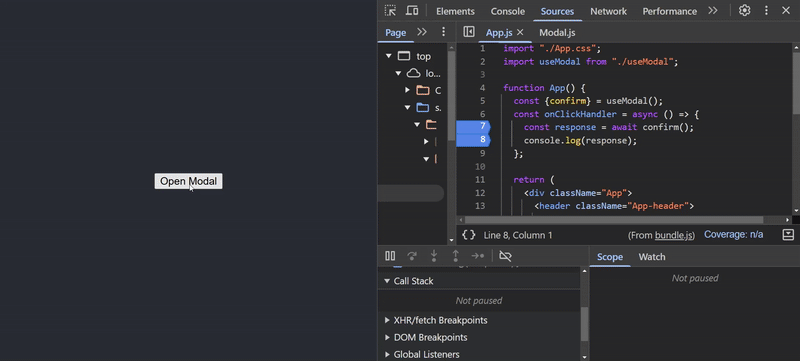
Multithreaded Javascript
This blog is based on O’Reilly’s Mulithreaded Javascript book. Understanding the Fundamentals: Concurrency vs. Parallelism Before diving into workers, it is essential to distinguish between how tasks are managed: source: https://medium.com/swift-india/concurrency-parallelism-threads-processes-async-and-sync-related-39fd951bc61d Concurrency: Executing multiple tasks over overlapping time, though not necessarily at the exact same moment. In a single thread, this looks like tasks taking turns. Parallelism: This is concurrency in a multi-threaded environment where tasks run simultaneously. source: https://medium.com/swift-india/concurrency-parallelism-threads-processes-async-and-sync-related-39fd951bc61d The Synchronous Model: Each task must wait for the previous one to complete before starting. ...
